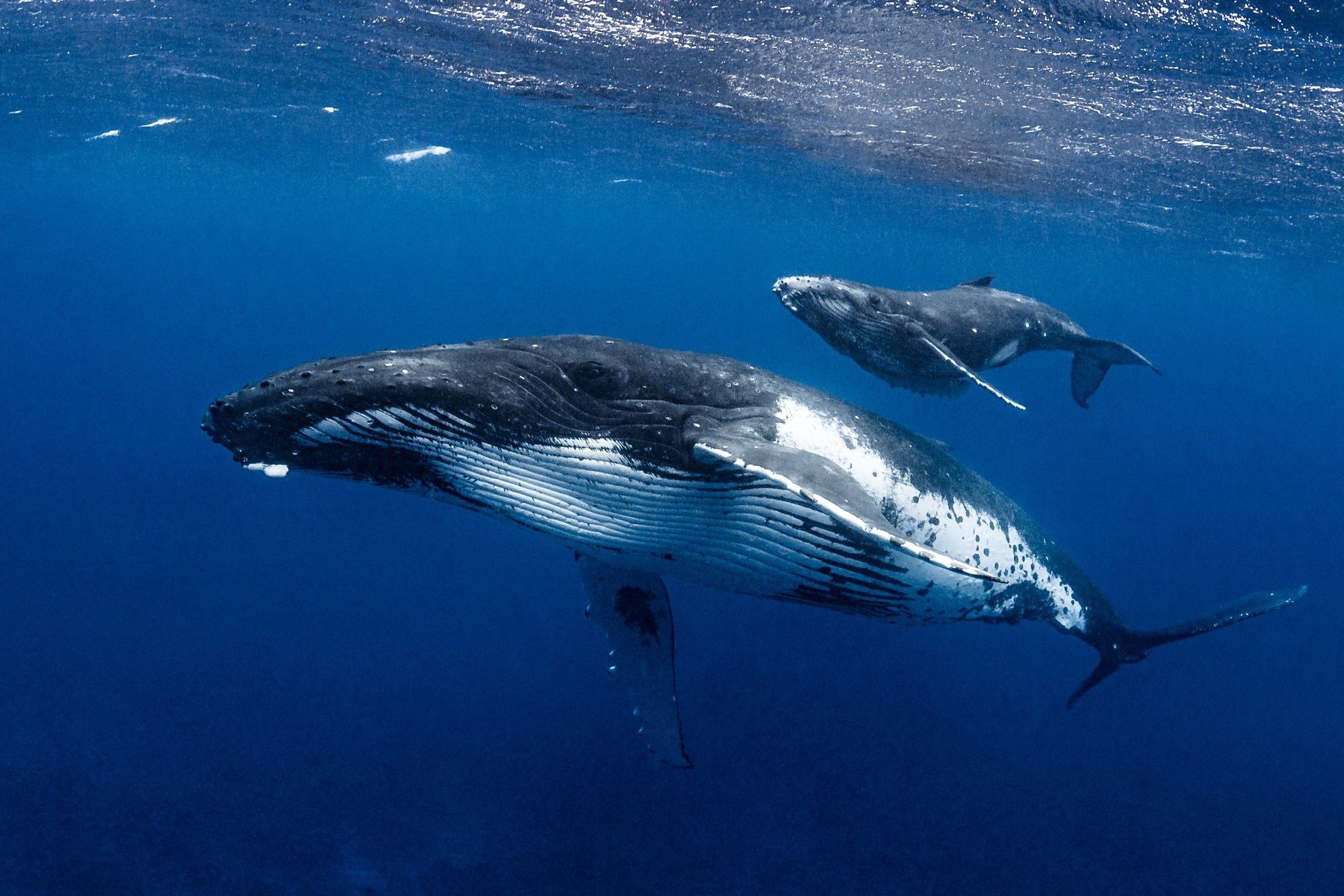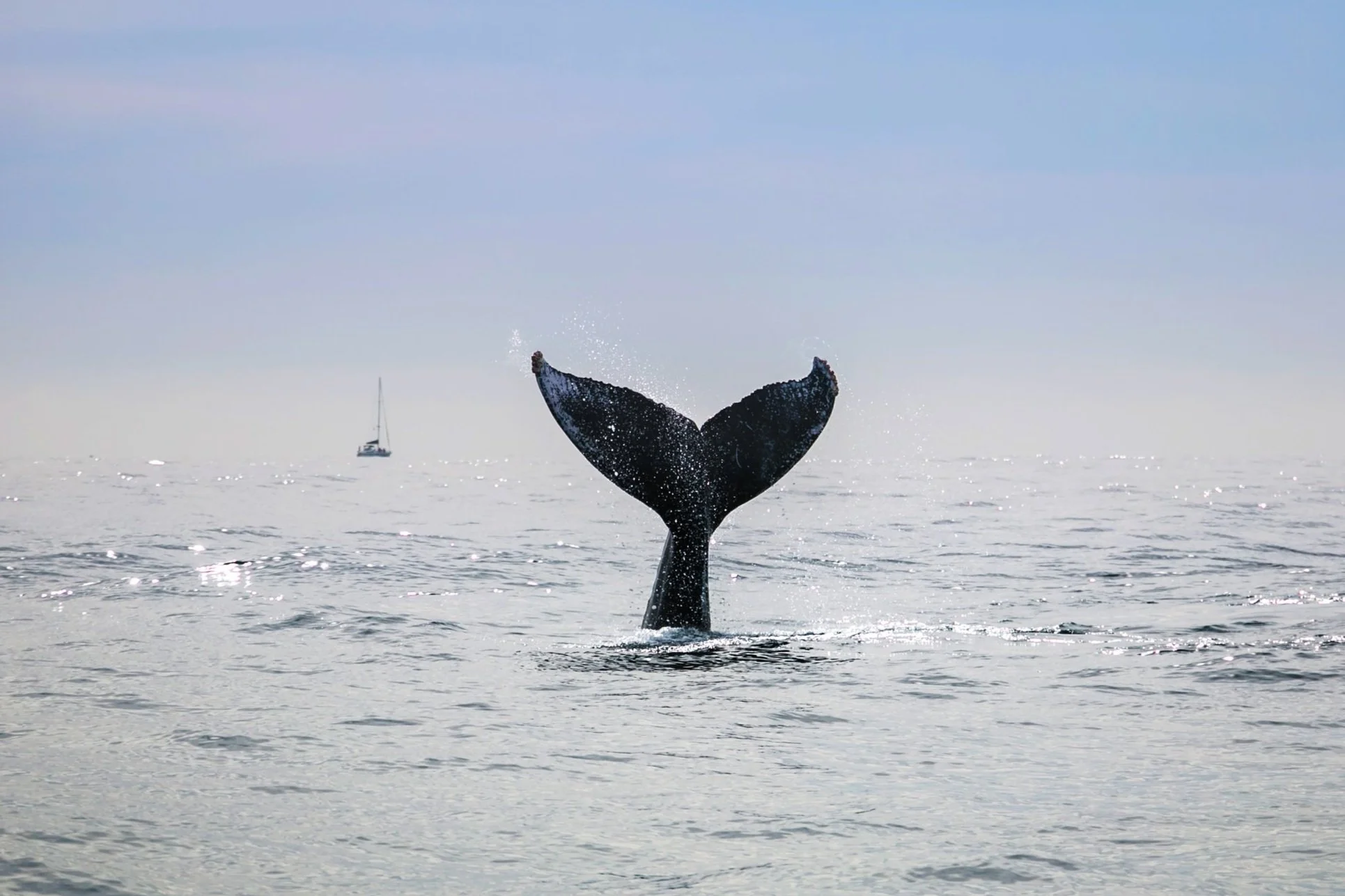
MARINE MEGAFAUNA PELAGIC SURVEY
Dominican Republic
The primary goal of this expedition is to collect extensive data on sperm whales, humpback whales, and other cetaceans, utilising both visual and acoustic detection methods. Environmental DNA (eDNA) tools will also be employed to enhance research efforts in this critical region. The survey will contribute to establishing a biodiversity baseline, enabling the Ministry of Environment to support informed conservation strategies. The Ministry of Environment and Natural Resources will ensure efficient issuance of all necessary permits, adhering to national regulations and conservation goals.

The survey will employ a combination of visual, acoustic, and environmental DNA (eDNA) methods to monitor marine mammals, seabirds, and overall marine biodiversity.
Visual surveys will be conducted from 6:00 AM to 6:00 PM, while acoustic monitoring will run overnight from 6:00 PM to 6:00 AM, recording data on species presence, group size, behavior, environmental conditions, marine traffic, and vocalizations. eDNA samples will be collected twice daily at varying depths before Baited Remote Underwater Video (BRUV) deployments, with GPS coordinates logged for each sample.
These samples will help identify species presence, detect invasive species, and assess ecosystem complexity. BRUV systems will be deployed during the first and last hour of daylight to gather footage of marine species, providing insights into species diversity, distribution, and abundance.
LOGISTICS
Route: Silver Bank to Punta Cana, Dominican Republic
DATES
March–April 2025 Berths Available: 6–8 (varies depending on research activities)
WHY THIS TIME?
This is the optimal time of year to observe humpback whales during their breeding season.
EXAMPLE SURVEY ROUTE
Day 1–2: Departure from Puerto Plata’s Ocean World to Silver Bank.
Day 3–4: Survey at Silver Bank
Day 5–6: Transit and survey across Banco de la Navidad.
Day 7–8: Survey in Samaná Bay.
Day 9–10: Transit to Punta Cana for final surveys and docking.


